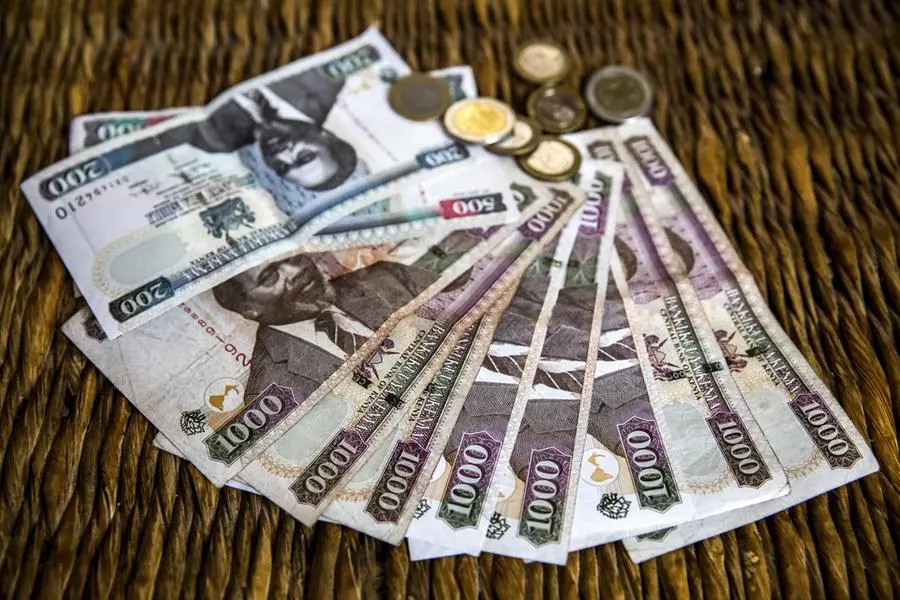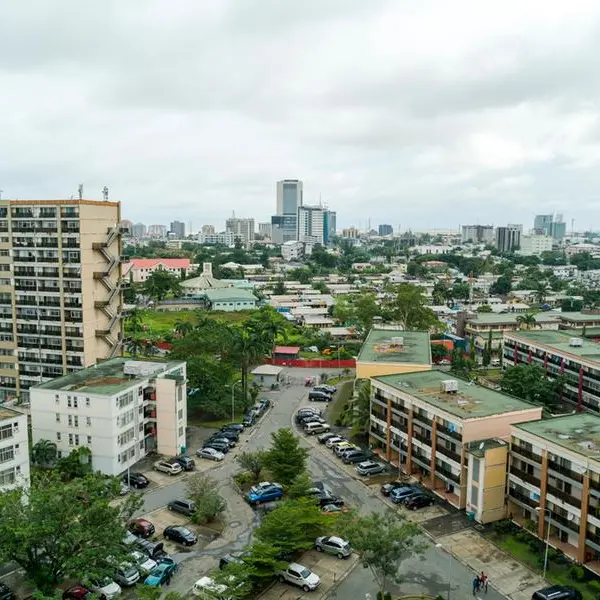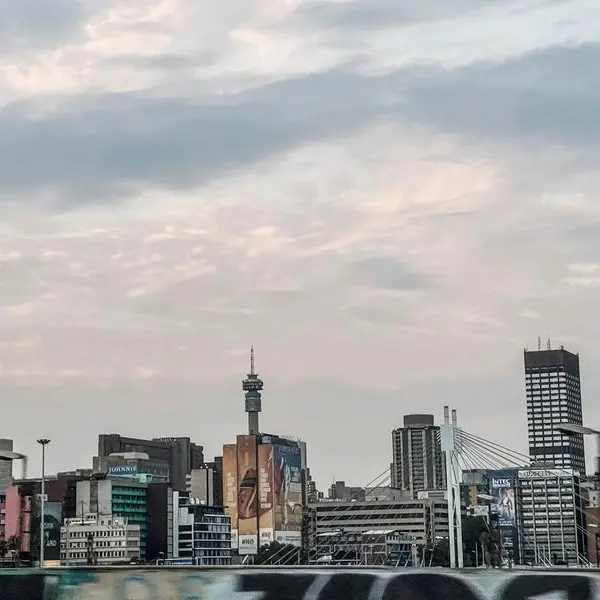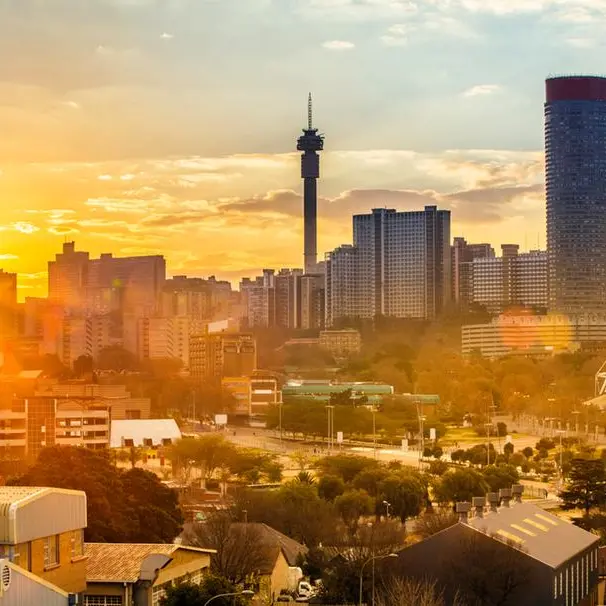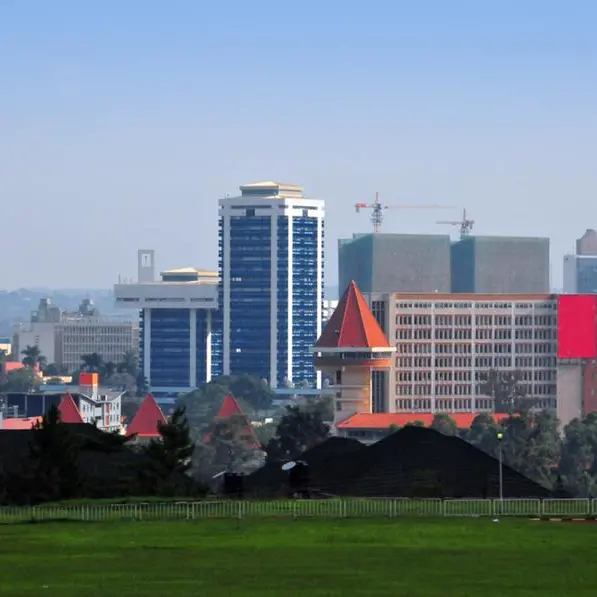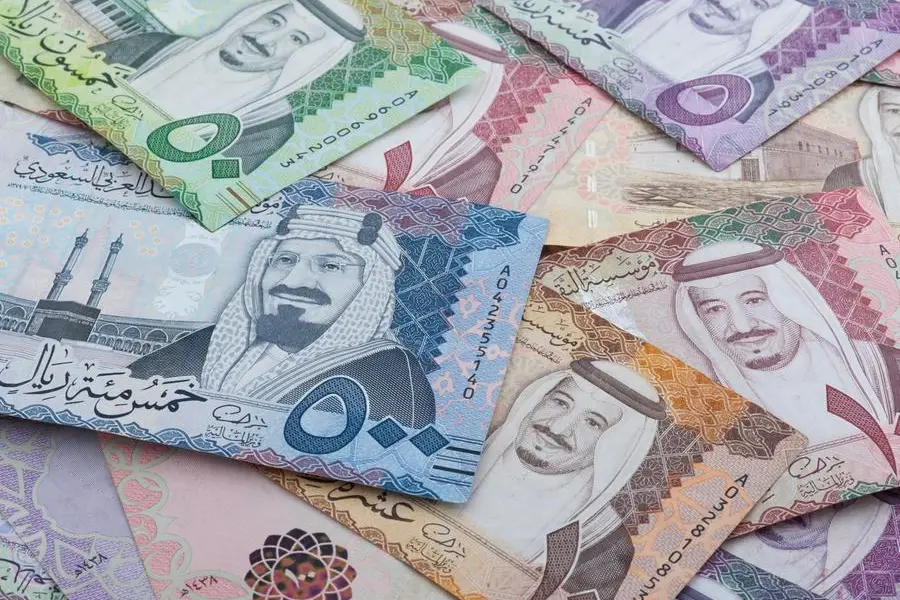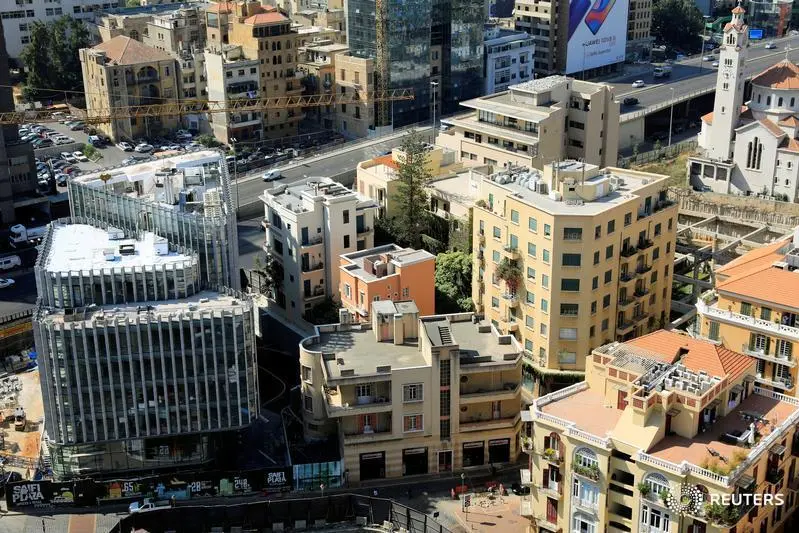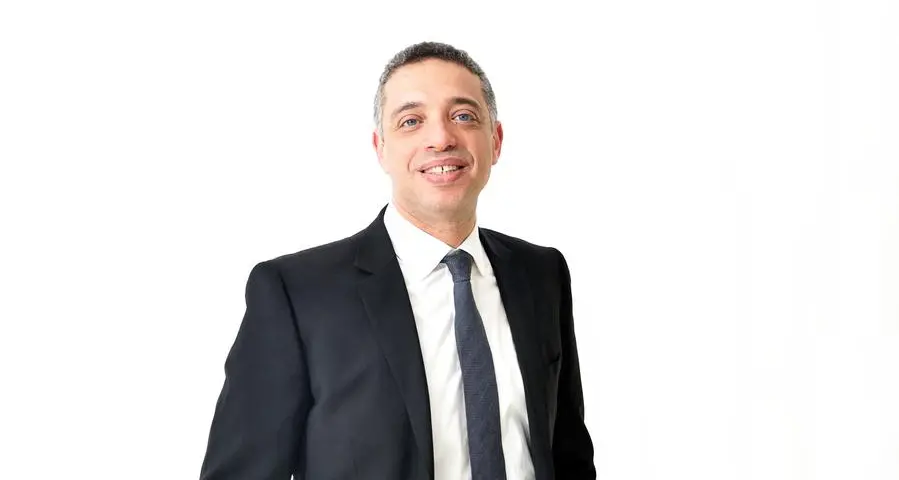PHOTO
Kenyan shilling banknotes and coins sit arranged at a market stall in Kenya. Photographer: Luis Tato/Bloomberg
Ari and Reliance banks had $3.5 million and $11.58 million loans as at liquidation respectivelyThe Kenya Deposit Insurance Corporation (KDIC) is set to wind up two collapsed lenders, Ari Bank and Reliance Bank, serving the last rights for the institutions under liquidation for decades now.
Winding up is the process of dissolving a business by liquidating stock, paying creditors and distributing any remaining shareholder assets.
On Thursday, KDIC requested proposals on the provision of legal and audit services for the wind-up of the banks.
Ari Bank Corporation Limited has been in liquidation since December 5, 1997, and had Ksh287,000 ($2,238) in total deposits.
As at the end of June 2021, KDIC reported it had paid out 55 percent of the institution’s protected deposits, or Ksh6,000 ( $46.8) from a pool of Ksh11,000 ($85.8) in protected deposits.
Similarly, the KDIC disclosed the payment of Ksh45 million ($0.351 million) to uninsured depositors and creditors at the end of the same period.
Reliance Bank Limited was placed in liquidation in September of 2000 and had Ksh969,000 ($7,483) in total deposits.
Out of the deposits, about Ksh88,000 ($679) was protected by KDIC which has so far paid out Ksh57,000 ($440).
Additionally, the KDIC has paid out Ksh142 million ($1.1 million) to the bank’s unsecured depositors and creditors as of June 2021.
The two banks had Ksh453 million ($3.5 million) and Ksh1.5 billion ($11.58 million) loans as at liquidation respectively from which KDIC has made recoveries totalling Ksh1.8 million ($13.9 million) and Ksh46,000 ($355) respectively.
Ari and Reliance are expected to join a list of nine other wound-up banks -- Allied Credit, International Finance Limited, Trade Finance, Diners Finance, Nairobi Finance, Inter-Africa Credit Finance, Central Finance, Heritage Bank and Fortune Finance.
All nine troubled lenders were placed in liquidation between 1993 and 2000, when Kenya witnessed the highest incidence of bank failures in its history.
Liquidation refers to the last option in the resolution of a problem bank where depositors are promptly paid their insured deposits after the closure of the bank, after which further pay-outs are realised from the sale of assets and other recoveries.“At this point, the liquidator demonstrates to the court that recoveries are not feasible and hence liquidation is deemed complete,” KDIC said.
The liquidator, in this case KDIC, made an application to the High Court seeking orders to terminate the liquidation process and commence the wind-up of the institution(s).
KDIC highlights various challenges in the resolution process including delays in the determination of ongoing court cases, interference in the ownership of assets held by the institutions by third parties, debtors unwilling to repay their debts, and unsecured loans.
Other challenges cover inadequate documentation of borrowers’ information and difficulty in tracing judgment debtors’ properties for realisation.
KDIC is tasked with providing deposit insurance for customers and protects depositors against suffering total losses in the event of bank failures.
Currently, KDIC covers Ksh500,000 ($3,861) in deposits for each bank account, which represents about 98 percent of all industry accounts in the country.
At the same time, KDIC is the administrator of troubled banks, overseeing both the liquidation and winding-up processes. © Copyright 2022 Nation Media Group. All Rights Reserved. Provided by SyndiGate Media Inc. (Syndigate.info).
